huangshanshi specialty
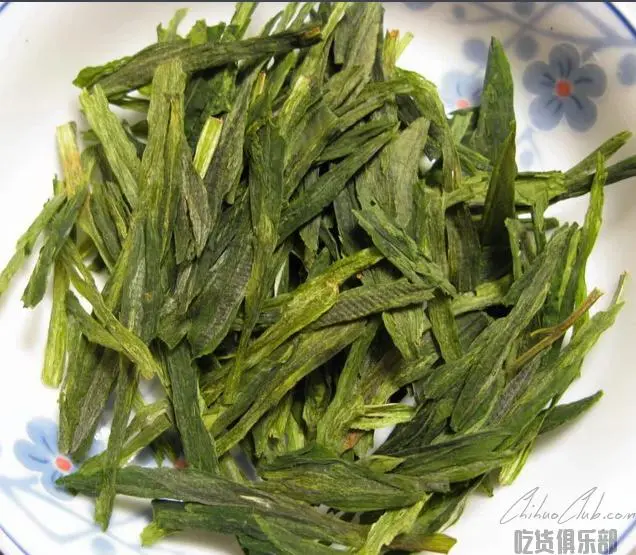
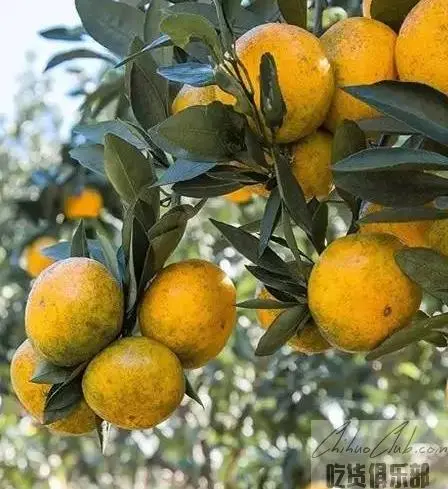
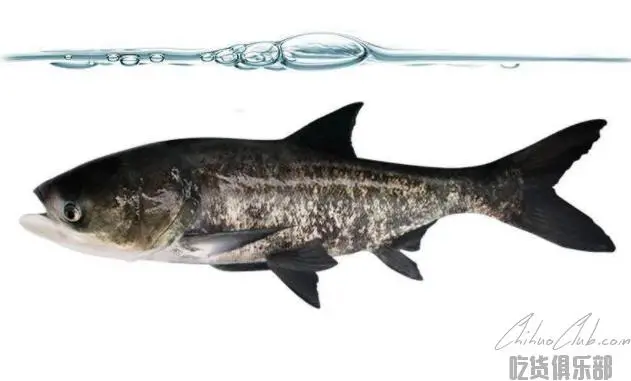
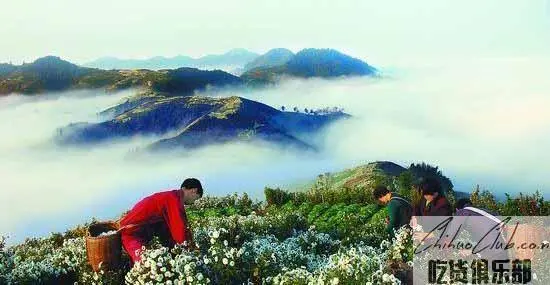
Huangshan Gongju is also known as Gongju, Huizhou Gongju and Huiju. It is a traditional Han nationality in Huangshan City. It is also known as Hangju, Qiju and Qiju. It is also known as the four famous Chinese chrysanthemums. The emperor, hence the name "Gongju". It is rich in the vast area of Huangshan City, Anhui Province. It is mainly produced in the famous tourist resort Huangshan Scenic Area and the national nature reserve Qingliang Peak. It grows in a unique natural ecological environment with excellent quality. It is a collection of color, aroma, taste and type. It has both ornamental value and medicinal functions. It is known as a good medicinal and drinker. It is a famous specialty of Huangshan Mountain and is well-known both at home and abroad.
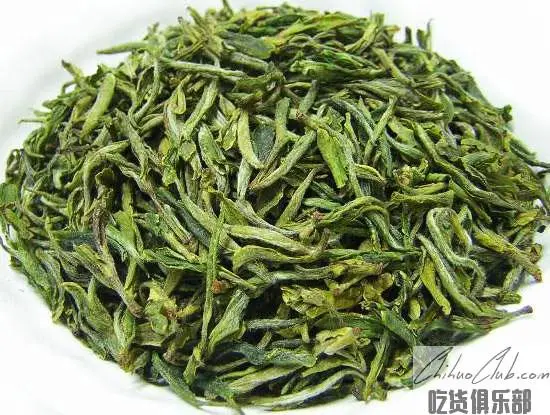
Huangshan Maofeng is a traditional Han tea, one of China's top ten famous teas, belonging to green tea. Produced in the Huangshan (Huizhou) area of Anhui Province, it is also known as Huicha. Created by Xieyu Dacha Zhuang in the Guangxu Period of the Qing Dynasty. Every year, Qingming Guyu selects the first-time fat and tender shoots of the fine-bred tea tree “Huangshan species” and “Huangshan big-leaf species”. The tea is slightly rolled, shaped like a tongue, greenish yellow, and silver is revealed. And with golden yellow fish leaves (commonly known as gold pieces). Into the cup to brew the misty top, the soup is clear and yellow, the leaves are yellow and green, the taste is mellow, the aroma is like blue, and the charm is deep. Because the new tea leaves are white, the buds are sharp and the fresh leaves are collected from the peak of Huangshan Mountain. The tea is named Huangshan Maofeng.
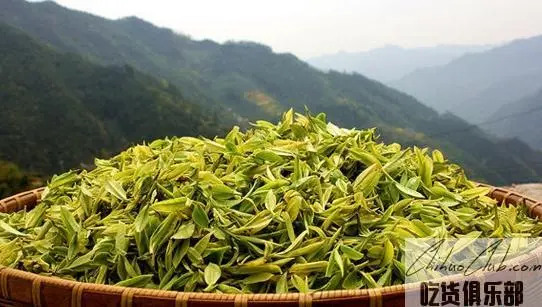
"Huangshan White Tea" is also known as "Huizhou White Tea". It has been in the Song Dynasty since it was used by the Song Dynasty. It has become a tribute tea and is very popular. Huangshan white tea is rich in amino acids, iron, zinc, selenium and other nutrients, especially the high amino acid content, up to 9.2%, far more than Zhejiang Anji white tea, because its phenolic ammonia is relatively low, so the taste of tea soup is extremely fresh, more and more Accepted by the majority of consumers.
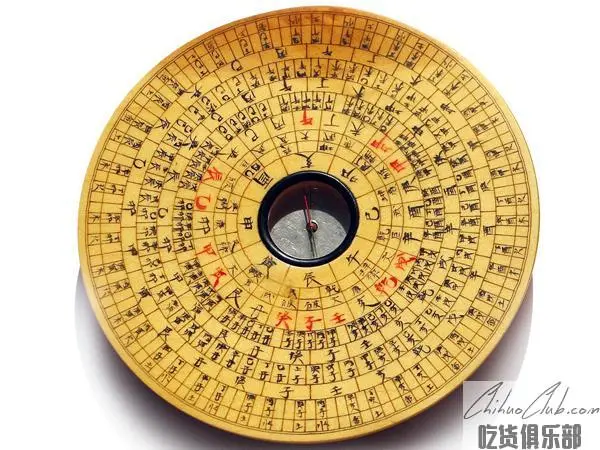
Wan'an Compass is a traditional Han handicraft in Wan'an Town, Anhui Province. It is widely used in astronomy, geography, military, navigation and divination, as well as important instruments for the selection of homes and tombs. It is the continuation and development of the compass of one of the four great inventions of the ancient Han people. It is developed on the basis of the compass. Traditional practical folk crafts. Wan'an Compass is the only compass in the country that was hand-made by traditional Han techniques. It was named after the birth and production site of Wan'an Old Street in Wan'an Town, Xiuning County, Anhui Province. Wan'an Compass is a traditional instrument of traditional geography. It is a traditional tool that can be used both for navigation and for the divination of urban and rural residential buildings. Including nautical compass, survey compass and sundial. The size of the compass is not equal, there are hundreds of styles, and the precision is high. At the end of the Qing Dynasty, it sold at home
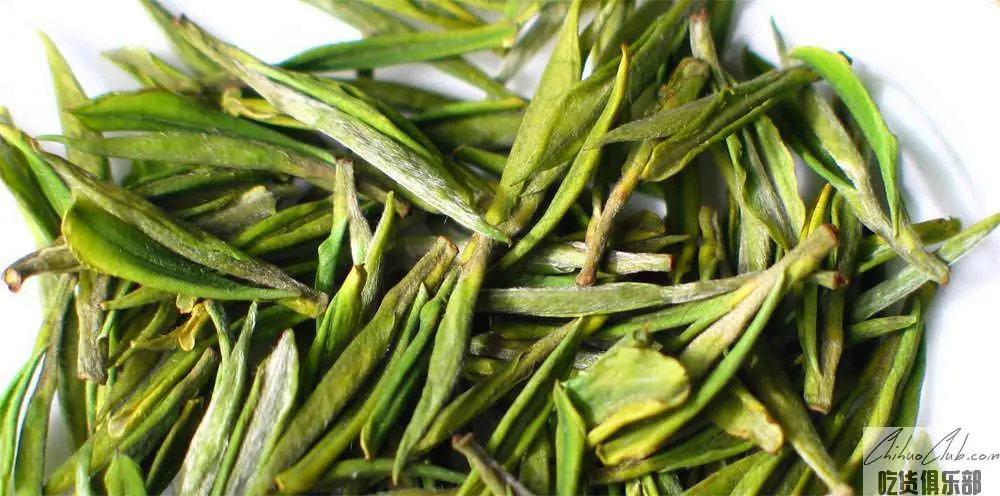
Laozhu Dafang Tea is produced in Anhui Province, China, near the Lingling Pass in Jixian County, and belongs to green tea. The name of Laozhu is generous, and it is said that the name of a person is generous, and it is good at making tea. It is planted in Laozhuling, Yixian County, so it is called Laozhu. Founded in the Ming Dynasty, the quality is excellent, and it has been included in the Qing Dynasty.
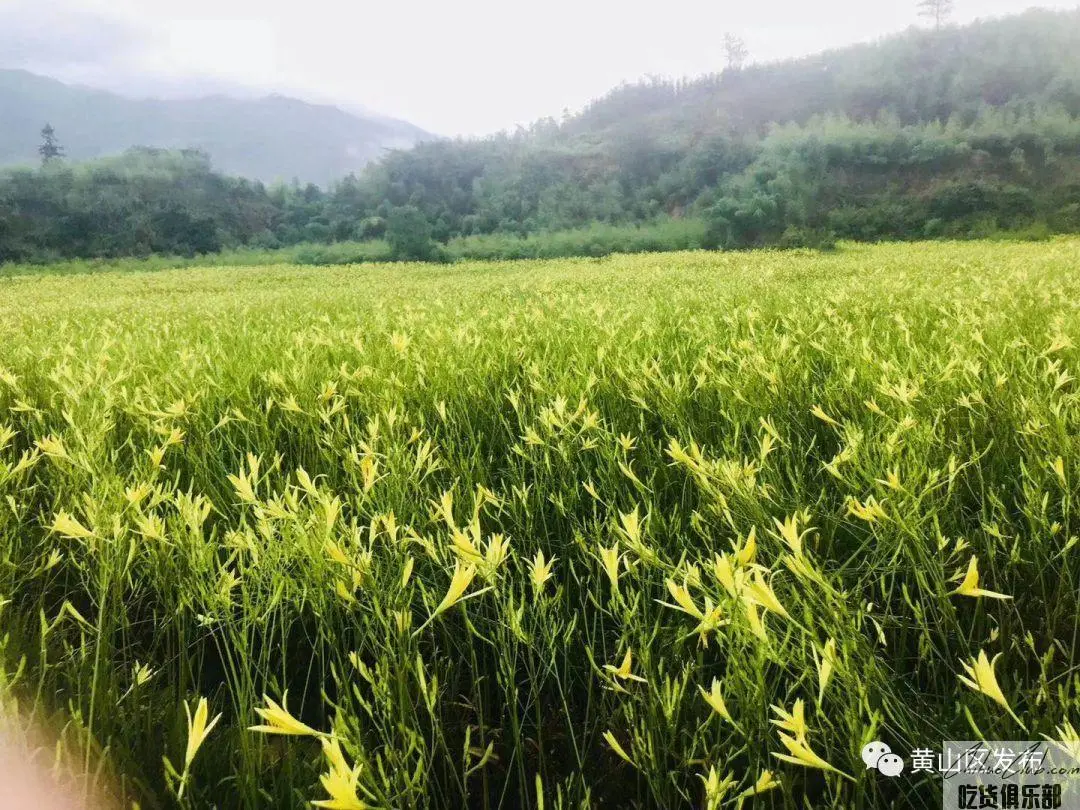
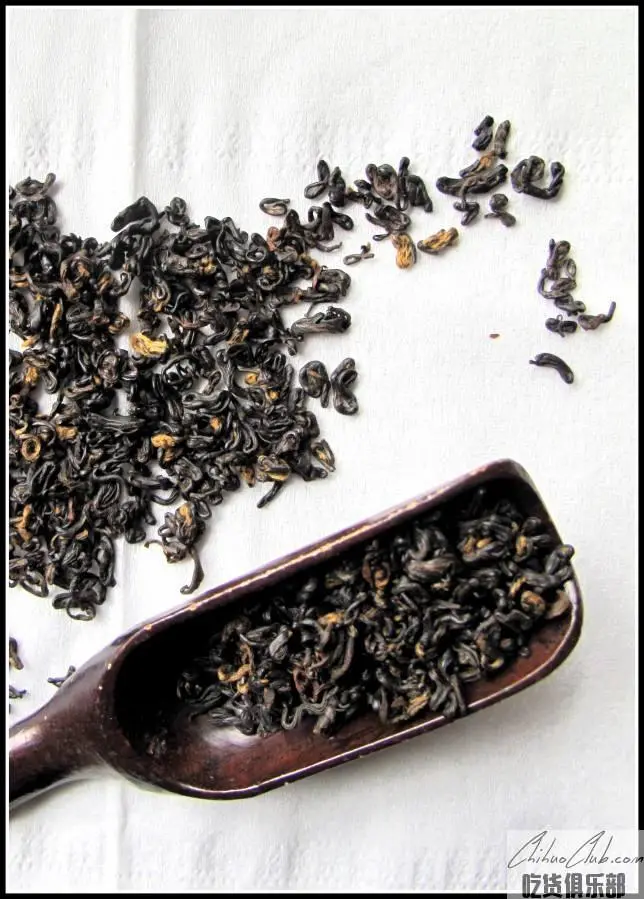

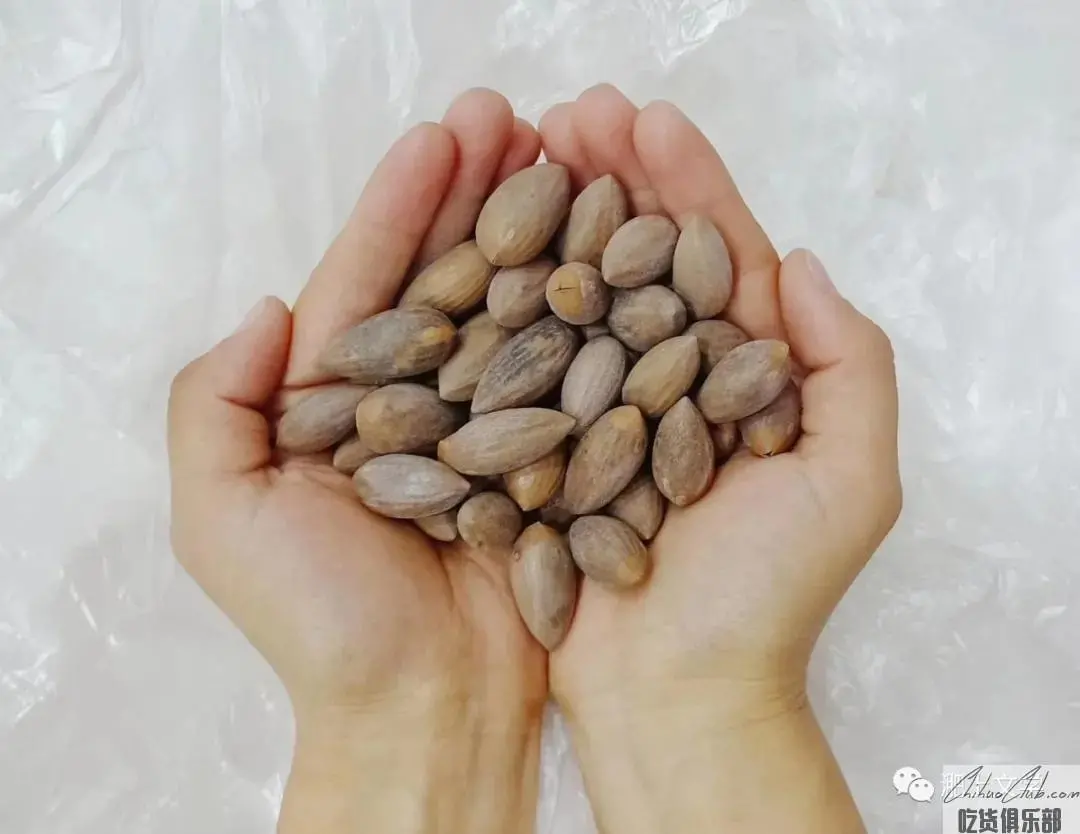
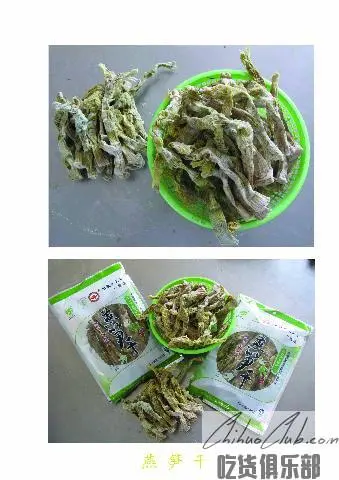

Taiping Monkey Kui Tea has a unique color and flavor. It is known as the "Green and Golden Prince". The shape is flat and straight, and it is sturdy and sturdy. The two leaves are buds. They are not scattered and not bent. The color is green and smooth, and many are not obvious. Some of the main veins are dark red, and the side veins are red, commonly known as "red silk thread". After brewing, The buds are slowly stretched and erected like orchids; the soup is green and bright; the aroma is fresh and refreshing, and the orchid is long-lasting; the taste is fresh and mellow, the sweetness is long lasting, and the unique "monkey rhyme"; the leaves are bright yellow and green, bright Fat and strong. When you drink, you can appreciate that "the head is fragrant, the second is strong, and the three bubbles are still fragrant." In short, the Taiping Monkey has the characteristics of “two-leaf bud, flat and straight, sturdy and heavy, green and pale, fragrant and refreshing, and delicious”.
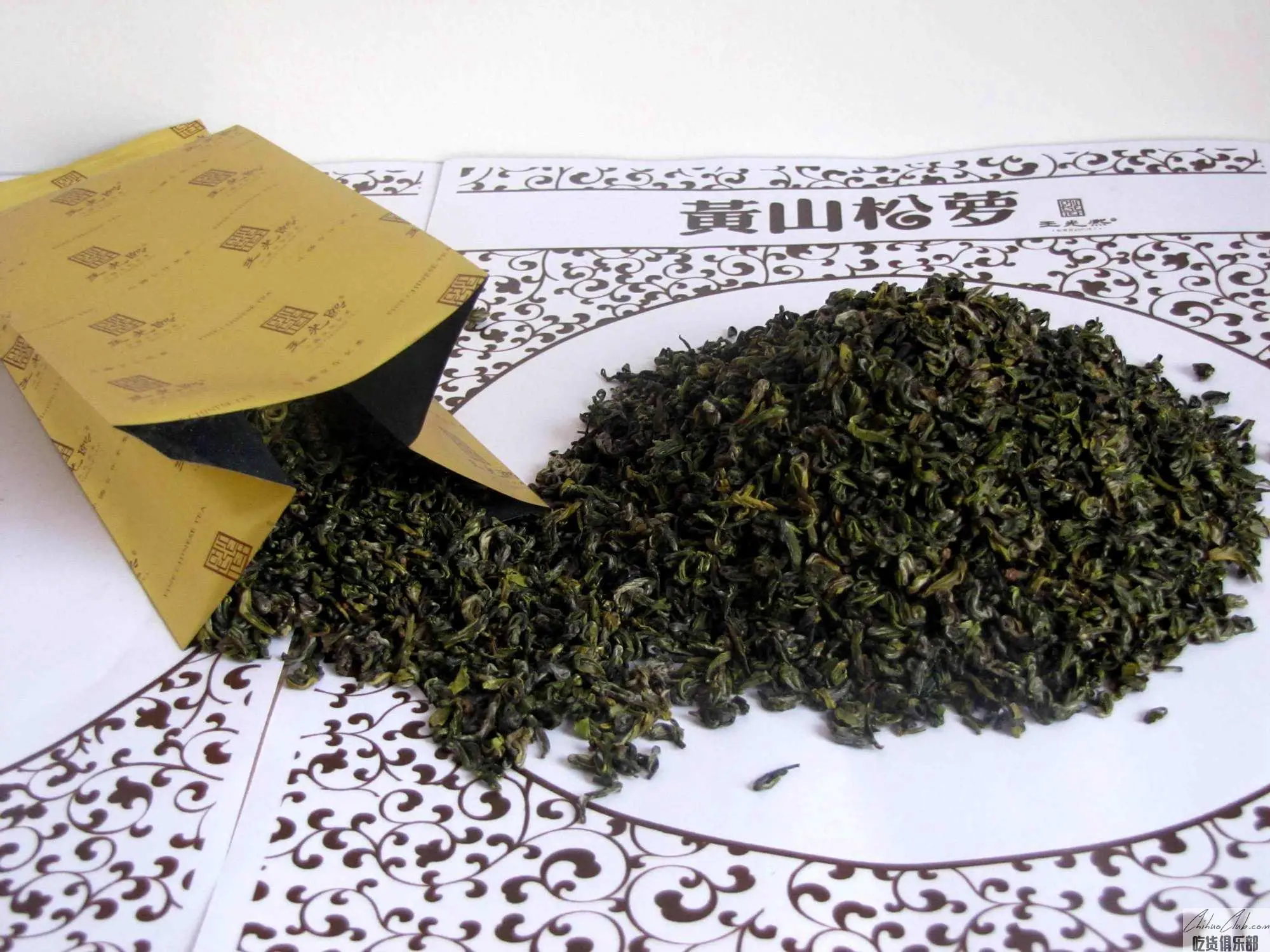
Known as "medicine tea", the pineapple tea is not only good in color, aroma and taste, but also contains a variety of essential vitamin C, pectin, carbohydrate, caffeine, polysaccharides and other nutrients; 17 kinds of amino acids such as leucine, phenylalanine, proline, theanine, glutamic acid and aspartic acid, as well as organic compounds such as mineral elements, have various nutritional and medical effects on the human body. In many ancient books such as "Compendium of Materia Medica", it has been clearly stated that Usong tea has medicinal and health-care effects, and is used by many famous doctors in combination with other drugs to treat various diseases, and the curative effect is remarkable. Therefore, Songluo Tea is also known as "green gold."
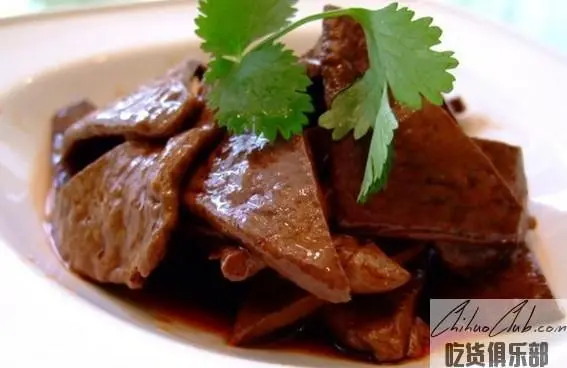
Wucheng Tea Dry is one of the traditional specialty snacks in Huizhou, Anhui Province. It is famous for its fine ingredients, fine production, beautiful color and fragrance. According to the reliable records, it was founded in the late Southern Song Dynasty (Zhao and Yu). The process is mature in the Yuan Dynasty and is in the Qing Dynasty. Wucheng Tea is made of high-quality soybeans and black beans. After 12 years of refining, making embryos, wrapping, pressing and other strict processes, and exquisite workmanship, each process is carefully crafted. Due to the good local water quality, the Wucheng tea dried has the characteristics of excellent net thickness, sweet and delicious taste, pure aroma, delicious taste, rich nutrition and long aftertaste.
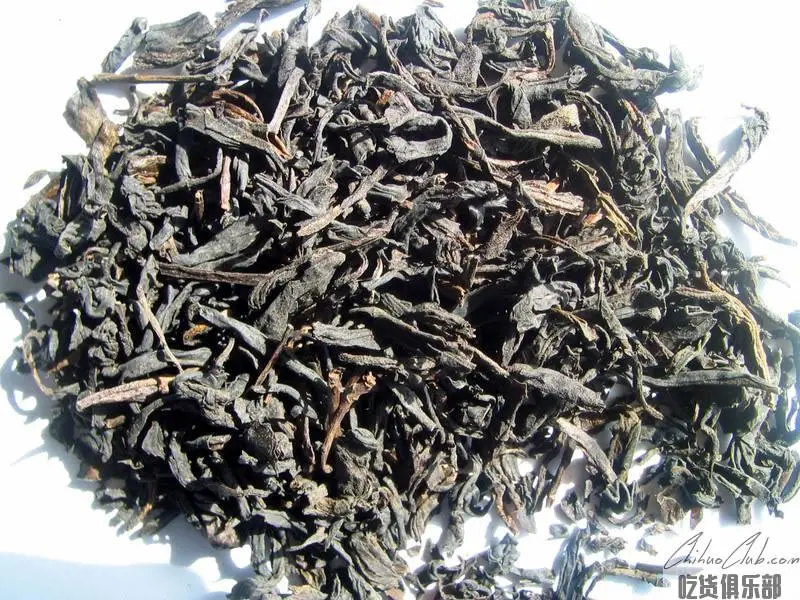
Ancha is made from the leaves of the eucalyptus and the fresh leaves of the tea cultivar, which are mainly selected from the genus of the genus, and is made of dried tea, steamed, etc. Features tea leaves. Ancha is also known as "soft branch tea" Ming Chengzu Yongle years (1403---1425) compiled "Zhi Zhi" in the volume of the tenth "property, wood fruit" cloud: "tea has soft branches, there are bud tea, people are quite In the 15th year of Ming Hongzhi (1502), "Huizhou Fuzhi" said: "The tea is scattered in the tea. - The second is the opening of the garden, the soft branch, the size is large, but the name is different.
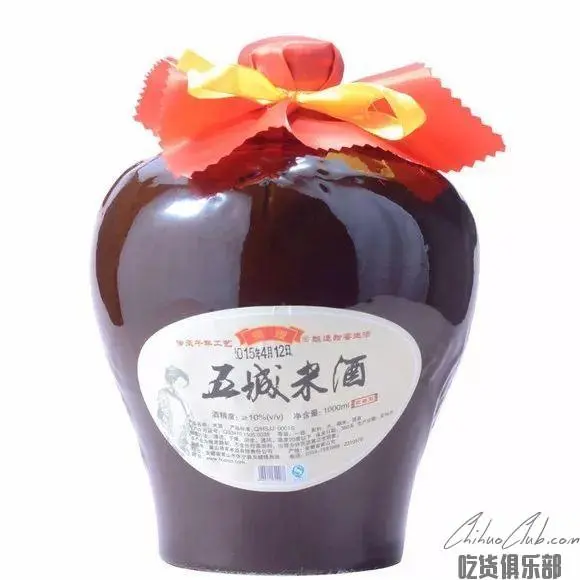
Wucheng Rice Wine is a traditional Han wine in Xiuning County, Anhui Province. The five cities have a long history. They are located in the ancient Huizhou Prefecture to the ancient Shu Road of Wuyuan County. The Song "Xin'an Zhi" has the following: "Five City Village, the ancient town", the Yuan set "Five City Affairs", the Ming and Qing Dynasties are set to "five City shop."
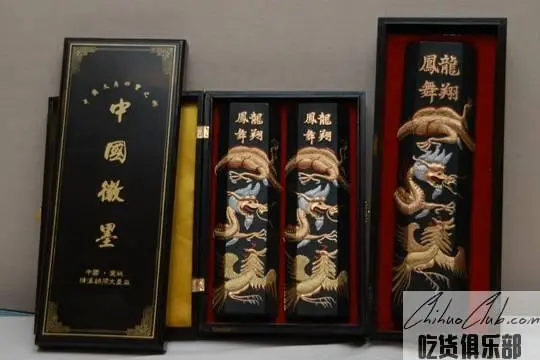
Huimo, namely Huizhou Mo, Huimo is a wonderful work in China's ink-making skills, and is also one of the famous "four treasures of the study". Named after the ancient Huizhou government. It is a token of love for the painter and the artist. The ancients Zeng Yun: "There are people who have good ink, just like the famous horses."
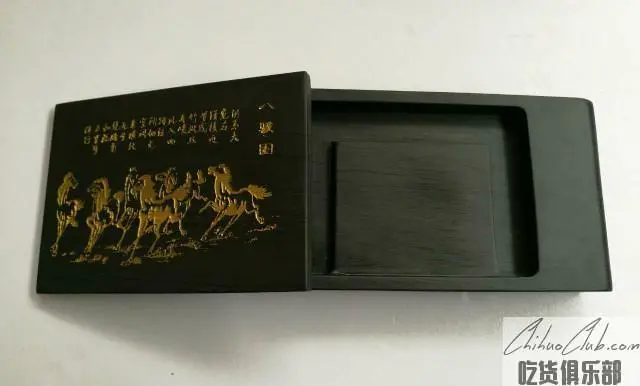
Hey, the full name of Zhangzhou, one of China's four famous names, is the same as Gansu and Guangdong. Cangzhou, which is produced between Huangshan Mountain in Anhui Province and Tianmu Mountain and Baiji Mountain, includes counties such as Jixian, Xiuning, Qimen, Qixian and Wuyuan. The origin of the meteorite is the best of the Longwei Mountain (Ruoshan Mountain) at the junction of Wuyuan and Jixian, so it is also known as the Longwei Mountain, while the Longwei Mountain is the source of most of the treasures. In addition, the county, Xiuning County, and Qimen County also produce pupa.
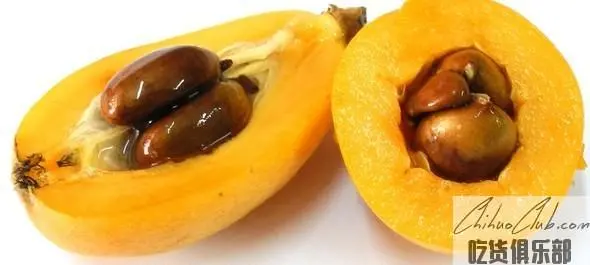
Huangshan Santanyu has the characteristics of thin skin, thick flesh, sweet juice and rich nutrition. The folks are praised as “the heavenly Yaochi peach and the underground three ponds”.